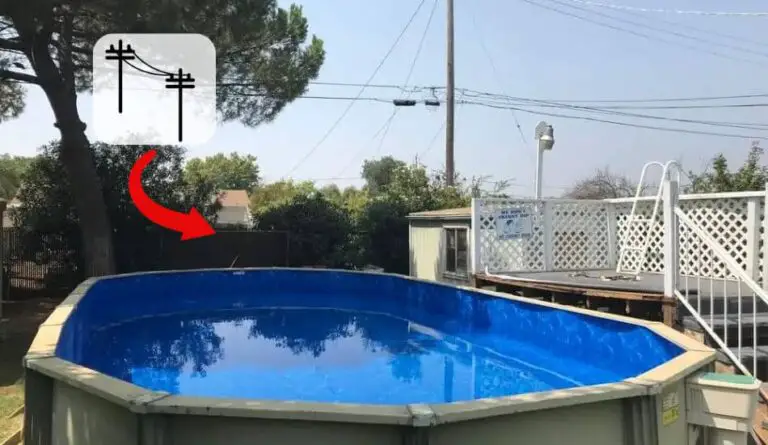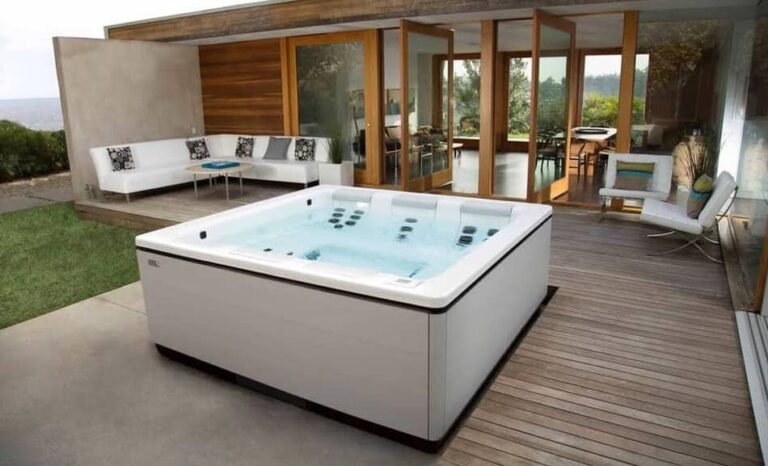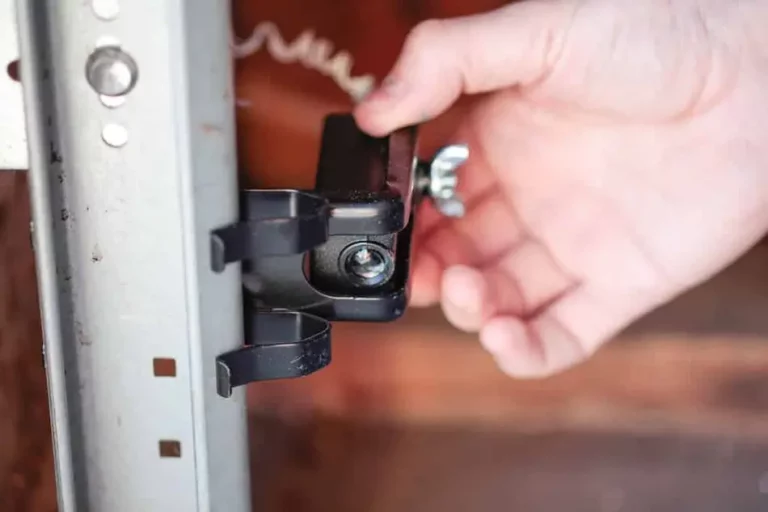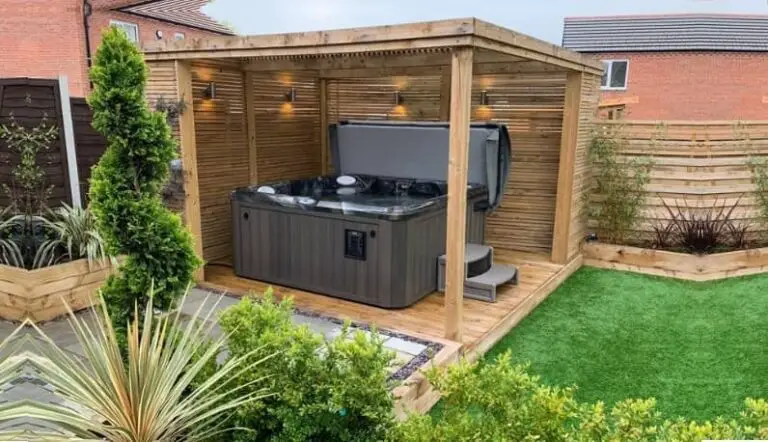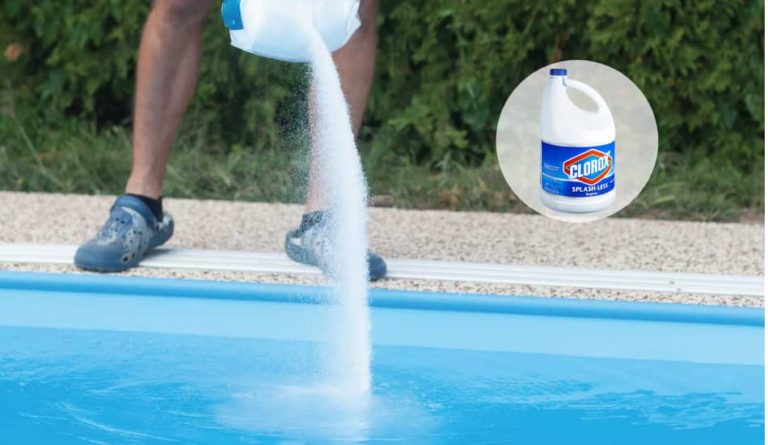How Much Does It Cost to Run a Hot Tub?
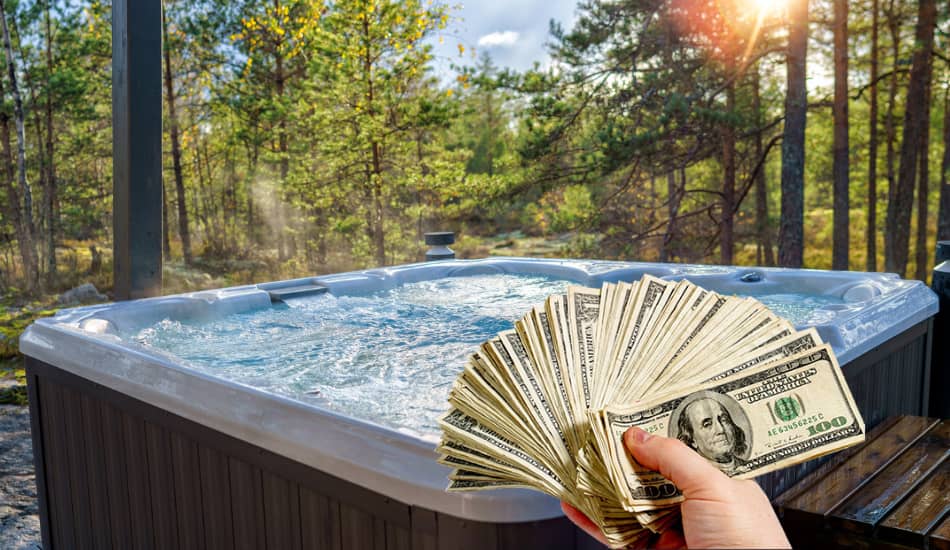
If you own a hot tub or are looking to buy one, one of the things that might cross your mind is its power consumption and how much it will cost you to run it. As electricity and water bills increase, it is good to be informed about prices.
However, the answer to this question is not very simple because many factors depend on the cost of running a hot tub. In this article, we’ll talk about that and much more. So, let’s start!
How Much Does it Cost to Run a Hot Tub? Running a hot tub typically costs around $1 per day for energy-efficient models, which is around $20-$30 monthly. However, older or poorly maintained hot tubs can cost up to $50 monthly. These costs can vary based on local utility rates, hot tub models, and frequency of use.
Electricity rate, hot tub size, utility rates, and how many times you’ll use it are some of the factors that affect the price. As we know, each hot tub is unique in size, the materials used, and its capabilities. When deciding on a hot tub, you should consider several aspects, such as its features (like how much water it can hold, the power of the pump, its wattage, and heating efficiency).
Here is a small table that shows how much it will cost you to run a different type of hot tub:
| Hot Tub Size | Water Capacity (Gallons) | Monthly Running Cost |
|---|---|---|
| Small (2-3 people) | 200 – 300 | $20 – $40 |
| Medium (4-5 people) | 300 – 400 | $40 – $70 |
| Large (6+ people) | 400 – 600 | $70 – $100 |
| Luxury Models | 600+ | $100 – $150 |
Other things to consider are the number of jets, lighting options, and any entertainment features. Not to forget the overall build quality of the hot tub. In the next section, we’ll talk more about this.
Table of Contents
How To Measure The Cost Of Running A Hot Tub?

The major power consumer in a hot tub is the heater. Depending on your type of heater (120-volt or 240-volt heater), it can consume around 1,500 watts or go up to 6,000 watts. The water pump, another essential component, typically uses about 1,500 watts.
Even if you’re not using your hot tub, the heater might turn on occasionally to keep the water at your preferred temperature. And, when you’re relaxing in your tub, both the heater and the pump work more often if not all the time.
In short, a 120-volt heater hot tub will likely use about 3,000 watts when it’s on, whereas one with a more powerful heater might use about 7,500 watts. This usage corresponds to 3 kWh and 7.5 kWh in energy terms.
To determine the cost of running your hot tub, you can multiply its kWh usage by the rate on your electricity bill. For example, if it’s 16 cents per kWh, an hour in a hot tub with a 120-volt heater might cost around 40 cents, while one with a 240-volt heater might be around 95 cents.
Related Article: How Much Electricity (Power) Does A Hot Tube Use?
Things That Affect Hot Tub Cost
Although we cannot directly calculate hot tub consumption because each model is different, there are some things that we can take into account. In short, the cost to operate a hot tub might NOT be the same as what your friend next door or someone from another town, state, or even country pays. There are just so many things to consider.
Here are some of the factors that determine your hot tub’s running costs:
- The brand and type of your hot tub
- How old is your hot tub
- The local rates for utilities like electricity and water
- Sales tax in your area (relevant when buying supplies)
- The duration for which you keep your hot tub on
- How regularly do you use it
- The number of people who use it
- If you use a cover for your hot tub
- The warmth level you set for your hot tub
- If your hot tub uses saltwater,
- Your maintenance habits for the tub
- Any upgrades you’ve made for enhanced efficiency
Generally, running an energy-efficient hot tub might cost you around $1 daily, which is roughly $20-$30 during the month. On the other hand, if your hot tub is quite old or not properly maintained, this could shoot up to $50 monthly.
However, there is some good news about all of this. While it’s tricky to determine an exact running cost for a hot tub, you can certainly use some methods to minimize your maintenance costs, irrespective of these influencing factors.
Calculate The Accurate Cost Of a Hot Tub
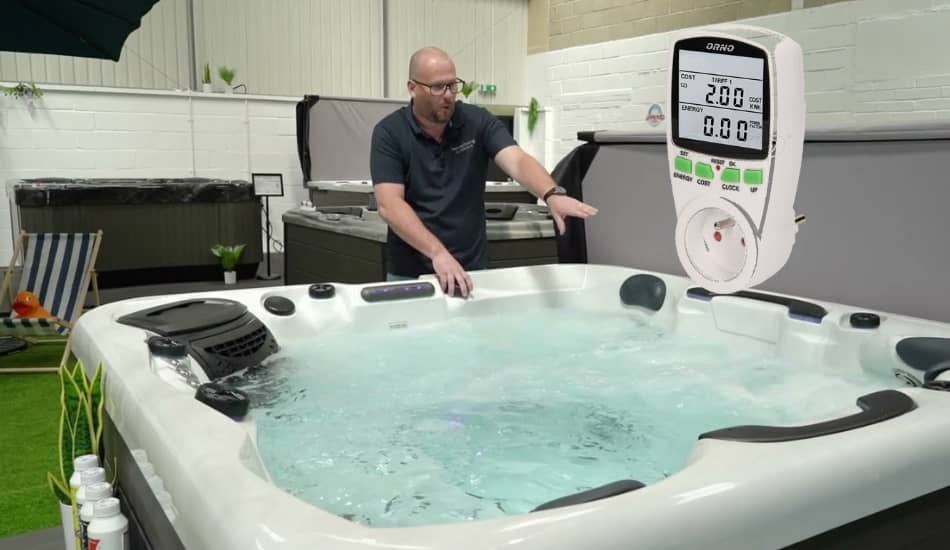
By using a Kill A Watt meter, you can easily measure the power consumption of any electrical device in your house, including a hot tub. If you don’t have one already, you can order it on Amazon at a very affordable price.
How to use a Kill A Watt meter?
The process is pretty simple. First, plug your device (kill-a-watt meter) into an electrical outlet and connect your hot tub to it. Turn on the Kill a Wat meter and start using your hot tub.
After you’re done, check how much electricity (kWh) was used on the device. It will show you the exact power that your hot tub uses. Some models will also display the price in dollars.
If you are still not sure how to use this device, then check this YouTube video:
Ways To Save Money When Running A Hot Tub
Did you know that power usually costs less in the early morning or late at night? This is because the power consumption is much lower at that time. You might see a dip in your energy expenses by heating your hot tub during these hours. Here are 4 ways on how you can save money:
1. Use a Hot Tub Cover
A cover is one way to save energy with a hot tub. A decent cover might cost a couple hundred dollars, but the savings you’ll get from reduced heat and chemical usage will quickly cover that cost. A lid helps in several ways. It diminishes water evaporation, keeps warmth, and ensures that chemicals don’t just vanish with the evaporating water.
When all these elements stay where they should, there’s a less frequent need for refilling or reheating the tub. If you already have a cover. Clean it up and put it to use immediately. And if you regularly use their hot tub lid, it’s recommended to check it more frequently. Ensure it’s free from damages or tears, which could hinder its effectiveness.
2. Use a Thermal Blanket
You’ve got your hot tub covered, but did you consider giving it an extra layer of warmth with a thermal blanket? Think of this as extra insulation. This kind of blanket provides an additional layer, minimizing water evaporation and ensuring that your hot tub’s chemicals stay right where they need to be. It amplifies protection and efficiency when placed right atop the water and beneath your main cover.
Many of these thermal blankets can also act as solar sheets. If your hot tub is placed outside, spread the blanket over the water during sunny hours. This way, the sun aids in warming the water, meaning your main heater doesn’t need to run. Add this into your routine, and you might notice your electricity costs decreasing.
3. Protect The Hot Tub From the Wind
Outdoor hot tubs come with their own set of concerns. From leaves and other nature bits floating into the tub to tiny bugs thinking it’s their own private pool (always use a cover!). But there’s another factor: the wind. It might seem harmless, but it can impact your hot tub experience.
Water tends to evaporate faster when there’s a lot of air movement above your spa. Not only that, but breezes can also decrease the water’s temperature, pushing your heater to work overtime, which will cost you even more. Covering the tub can prevent this when you’re not using it. But how about those windy moments when you’re soaking inside?
4. Get The Right Temperature
You might’ve been told it’s more cost-effective to let your hot tub run all the time. But the real savings depend on how frequently your hot tub is used. Here is what you need to consider:
- For daily usage, set the temperature around 95 Fahrenheit (35 Celsius). Though you might crank it up just before getting in, maintaining it at this level ensures you’re not wasting unnecessary power.
- For users who use their hot tub every 2-3 days, 80 degrees Fahrenheit (around 26 Celsius) should be good. Having it active is still energy-wise, but you’re cutting costs by not continuously raising the heat.
- For once-a-week users, consider powering it down between your sessions. If chilly winters are the norm for you, keep the hot tub operational throughout, or prep it for the cold season if it’s dormant.
104°F (40°C) is often the recommended upper temperature for a hot tub. However, it is not the maximum. Opting for a cooler setting benefits your pocketbook and energy consumption; plus, it curtails water evaporation, retaining vital chemicals.
The best temperature to relax is the body temperature, which lies at 98.6°F (37°C). Adjust it to your needs if this is too cold for your taste. Utilize a floating temperature gauge to ensure the water doesn’t become scalding. And don’t forget to spread out your heat-retaining blanket and main cover to lock in the warmth between sessions.
Related Article: How Many Gallons of Water In a Hot Tub? Explained
Final Thoughts
Running a hot tub comes with costs not limited to just the electricity. The frequency of use, maintenance items like chemicals and filters, and occasional water replacements play a role in the total cost of running a hot tub.
While it’s a luxury, its relaxation and enjoyment can make it worth every penny. As with any investment, understanding and planning for these costs ensures no surprises and a bubbly, stress-free experience. I hope this article has helped you, and if you have any additional questions, feel free to comment below.


